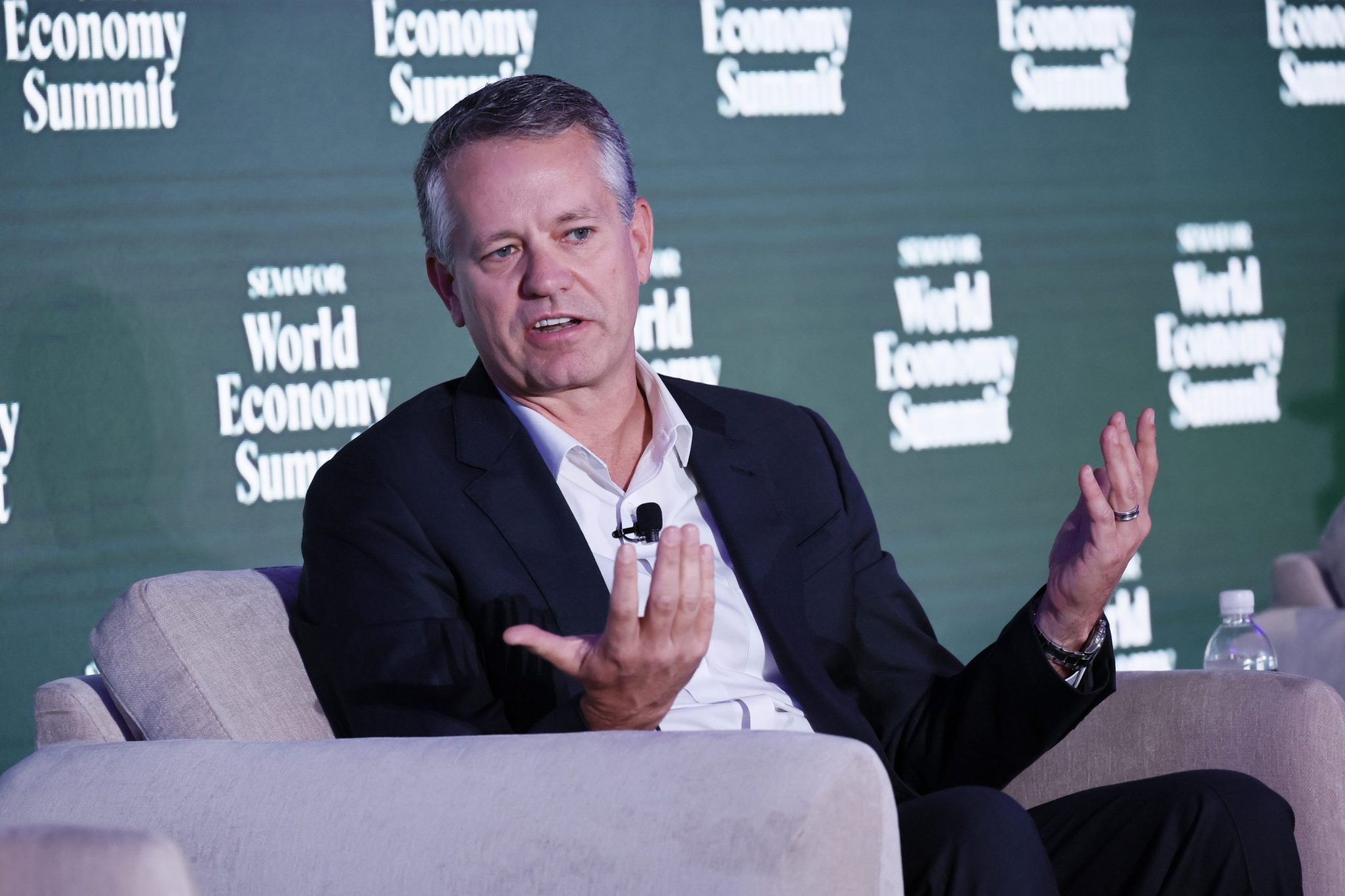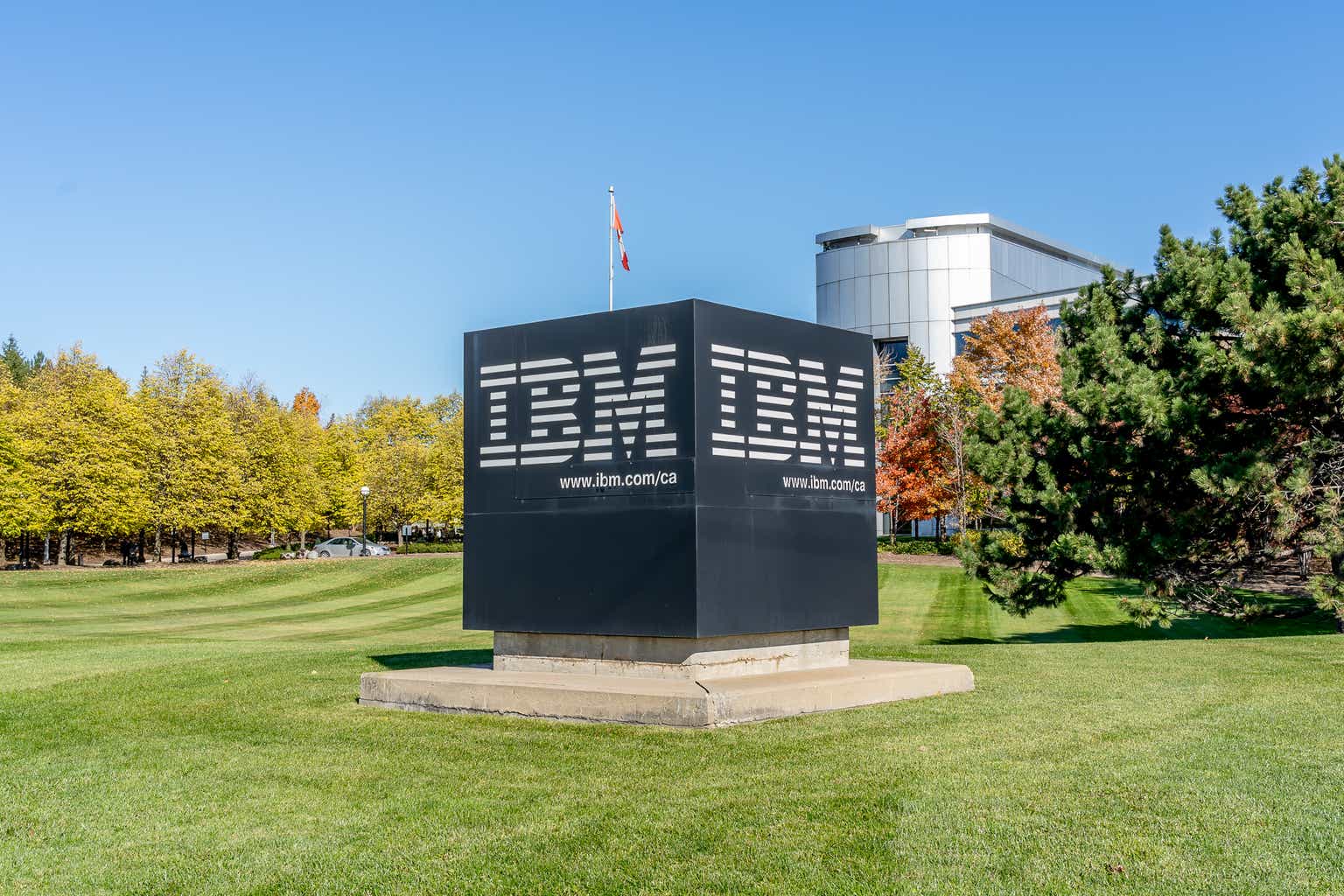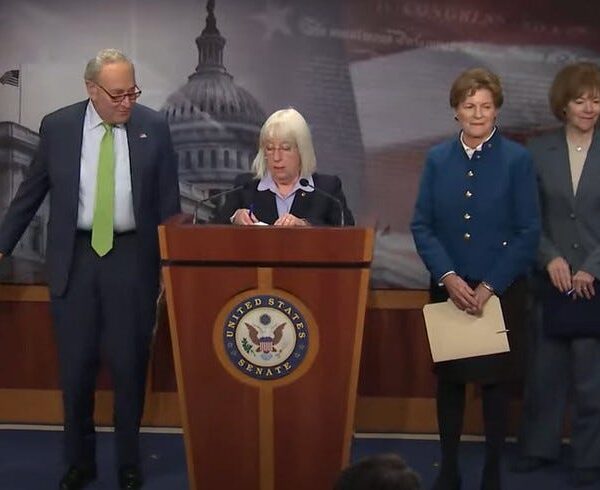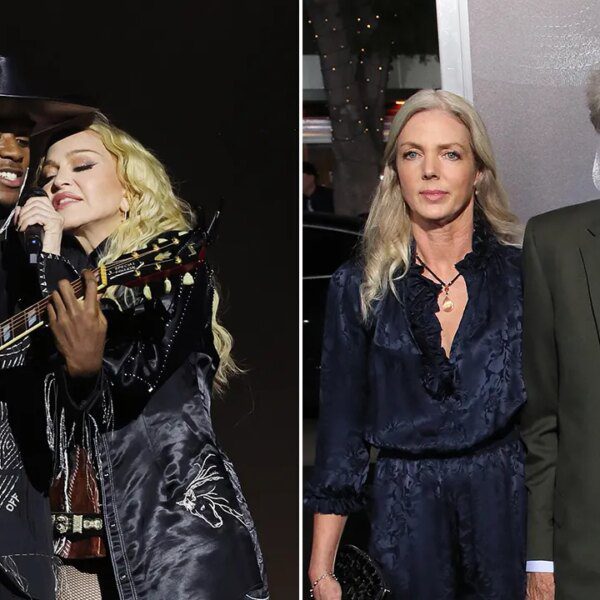
Incoming Walmart chief executive John Furner started at the mega retailer as an hourly employee stocking shelves. Now, the largest U.S. company by revenue is counting on him to guide it through its next chapter.
CEO Doug McMillon on Friday announced his retirement after a decade as leader of the No. 1 company on the Fortune 500. His last day will be Jan. 31.
Furner, 51, started his Walmart journey at a garden center in the company’s hometown of Bentonville, Ark., but will, starting in February, now take on the task of leading the company’s 2.1 million employees and operations at its nearly 11,000 stores across 19 countries.
After studying marketing management at the University of Arkansas, Furner rose through the ranks at Walmart from store manager to district manager and buyer, then on the corporate side as divisional general manager, and VP of global sourcing. He even spent two years in Shenzhen with Walmart China running merchandising and marketing.
Most recently he served in high-profile positions as president and CEO of first Sam’s Club and then Walmart U.S.
“John understands every dimension of our business—from the sales floor to global strategy. He has proven he can deliver results while living our values,” Greg Penner, Walmart’s chairman of the board, said in a statement.
On his way out the door, McMillon also gave credit to Furner, who he said he has worked closely with for 20 years.
“He loves this company and his fellow associates, he deeply understands our business so well, and he has the right characteristics to lead us into the future. He’s a merchant, an operator, an innovator and a builder,” McMillon said Friday in a post on LinkedIn.
Furner’s investment in employees
In part because of his humble beginnings as a store associate, Furner has during his tenure helped oversee a massive reworking of how Walmart pays its store managers. In an effort to boost morale and retention, Walmart offered its highest performing managers pay packages worth between $420,000 and $620,000 per year.
The workers’ base salary was raised to between $130,000 and $160,000—more than double the median yearly salary of an American worker. The rest is made up of large stock grants and annual bonuses, which Furner said was meant to “make managers feel like owners.”
The company also brought back a bonus program for store employees. Some qualifying employees could potentially earn up to $1,000 per year from the program based on their years of service, according to the company.
Even as AI threatens the jobs of workers across industries, Furner has said its employee count over the coming five years will remain steady even if workers are more productive. The jobs that do disappear will be replaced with new positions within the company, he added.
“We’re extending people’s career and those jobs pay better. The attrition rates are really low,” Furner said during the Brainstorm Tech conference in Park City, Utah in September.
Partly because of these changes, the company claimed a top 10 spot on Fortune’s Best Large Workplaces in retail for 2024.
Why Walmart chose John Furner as CEO
Part of Furner’s management philosophy may have been influenced in part by his family and early experiences. Working on the farm with his grandfather as a child, Furner learned the value of hard work.
“I learned with him that the animals don’t take Sundays and Saturdays and Wednesdays off,” he said, according to Fox News. “They’re always up. You get up early in the morning. You go drive the fence line to make sure that a cow hadn’t pushed his way through.”
His grandfather’s hands-on approach also applied to solving problems. When he needed something, Furner’s grandfather, who he said was a product of the Great Depression, preferred to piece together a solution by hand instead of buying something.
“In a business, there’s so many unique situations that just land on you that there may not be a clear answer, but between your team, your resources, American ingenuity and creativity—There’s probably a way to solve it,” he said.
Furner’s penchant for hard work and creative problem solving came in handy during his most recent high-profile roles as president and CEO of Sam’s Club and then Walmart U.S. During his stint as leader of Sam’s Club, Furner oversaw 11 consecutive quarters of positive growth and took on competitor Costco partly by making the company leaner and closing stores.
Then, when the company was hit with an unprecedented challenge in the form of the COVID-19 pandemic, Furner helped the company beef up its supply chain and fulfillment centers to meet the moment.
As he told Matthew Shay, president and CEO of the National Retail Federation in 2020, Walmart reshaped it business, deprioritizing optical and auto-care centers while investing in its grocery business to meet demand from what he called the “stock-up phase,” where customers rushed to build up their supply of everything from toilet paper to consumables.
Then, the company invested deeply in fulfillment centers as well as pick-up and delivery services to adapt to the “work from home” era and skyrocketing online purchases.
As a result, net sales grew in both 2020 and 2021, despite the pandemic disruption. In 2021 alone, Walmart’s net sales for its U.S. business grew by an eye-popping $29 billion, greatly outpacing the previous year’s sales growth, while its ecommerce operations grew by 79%.















